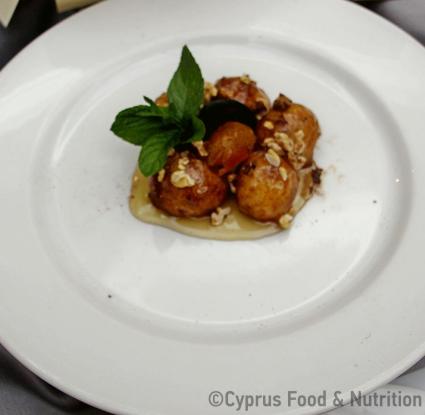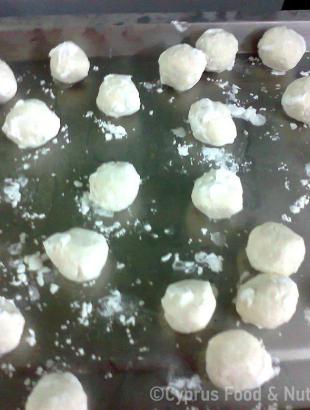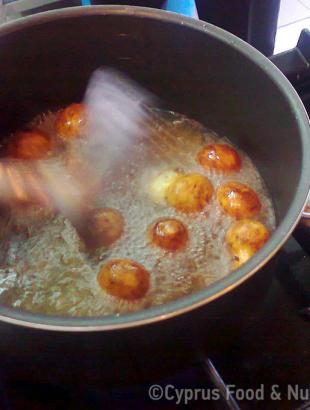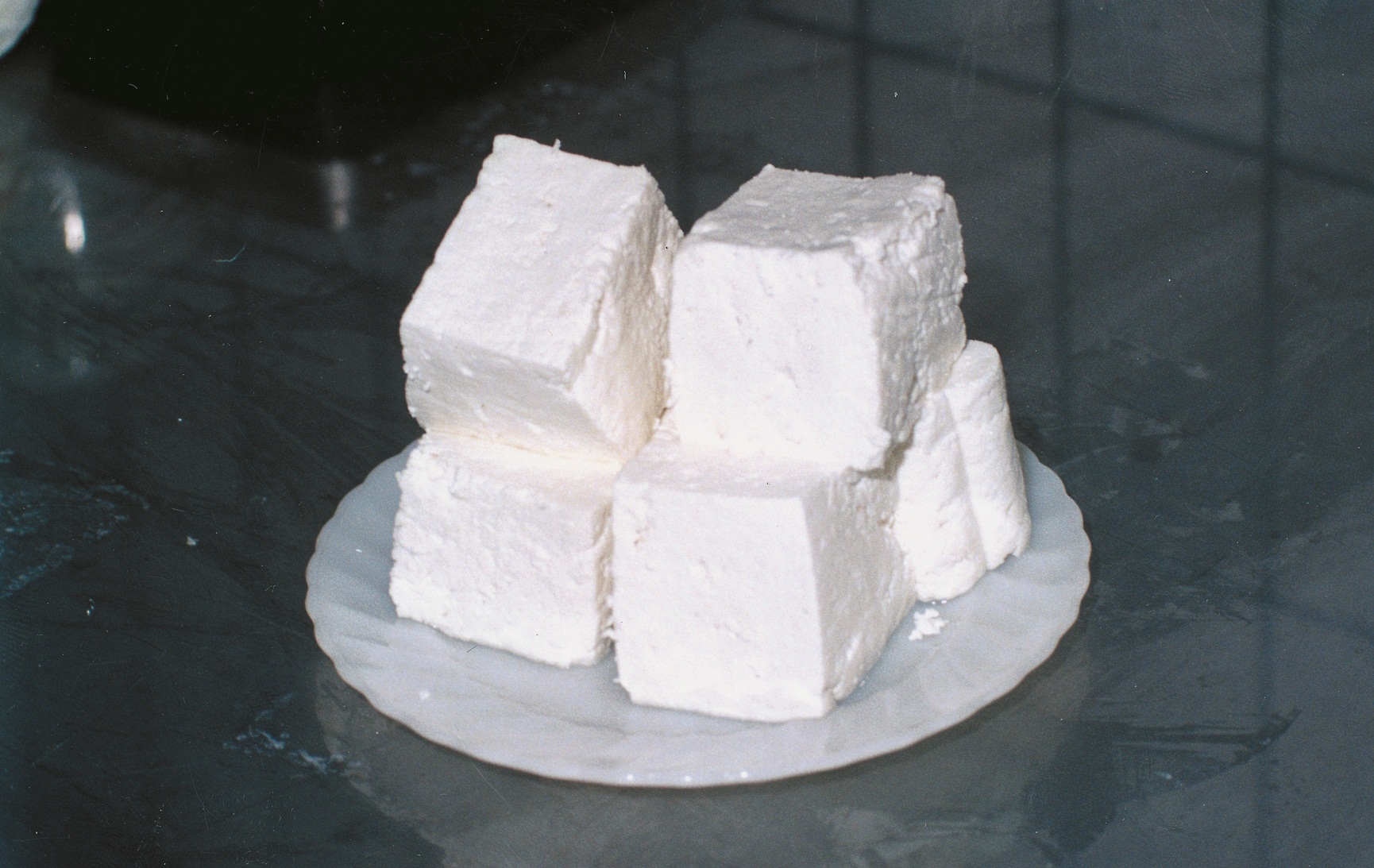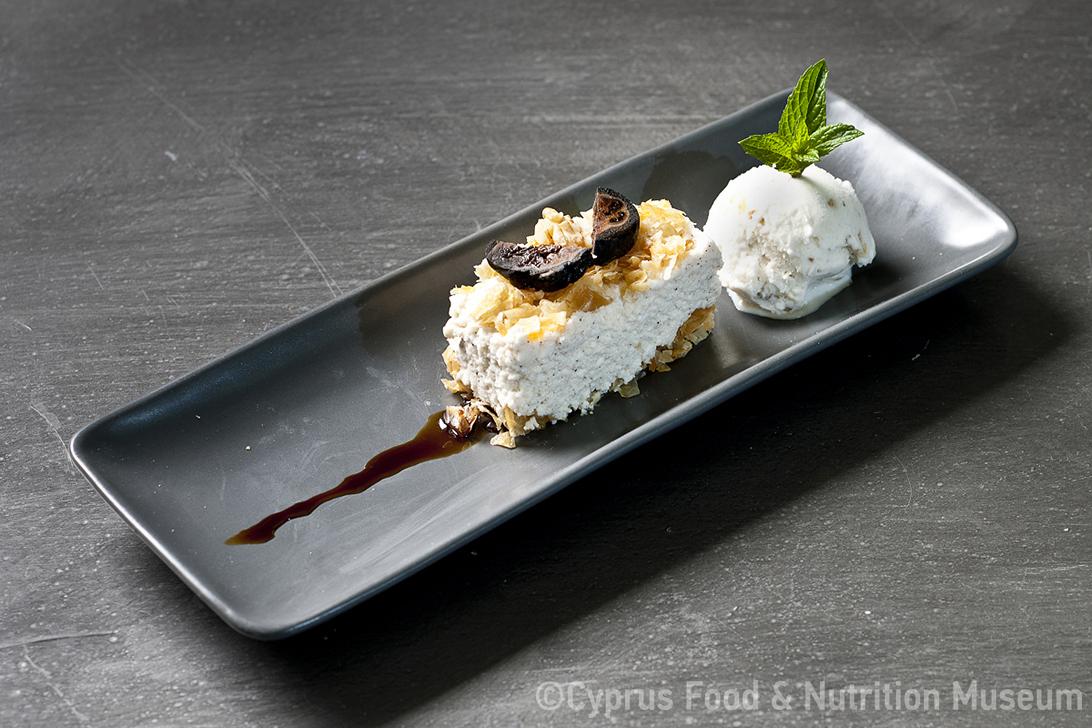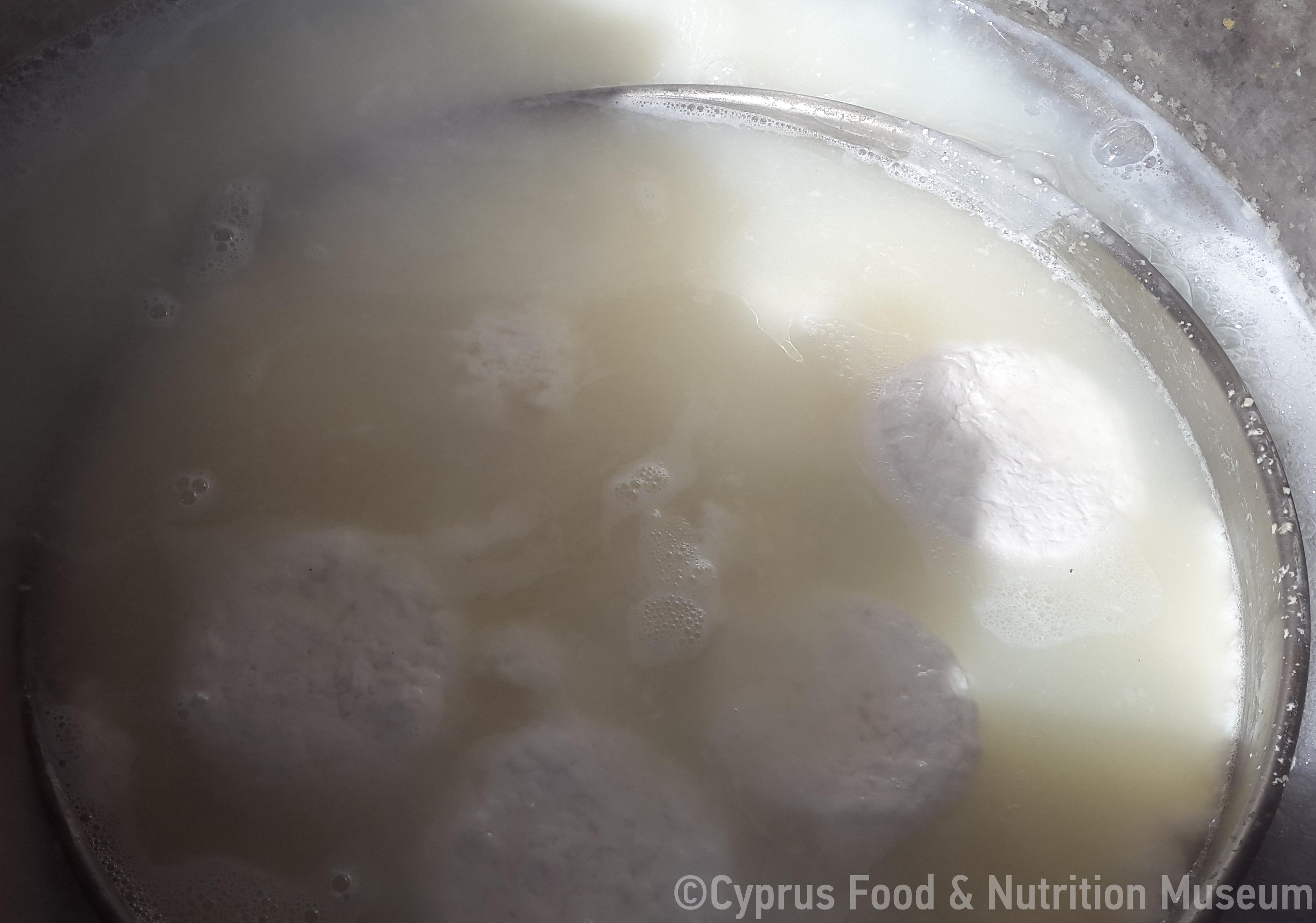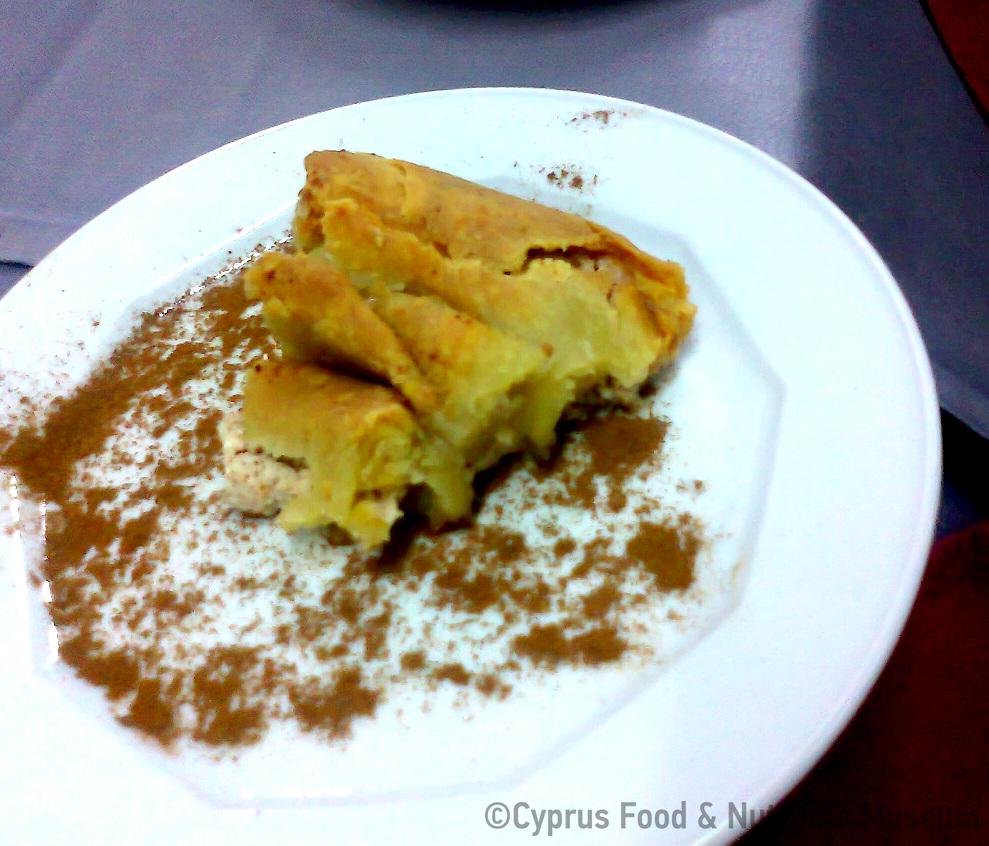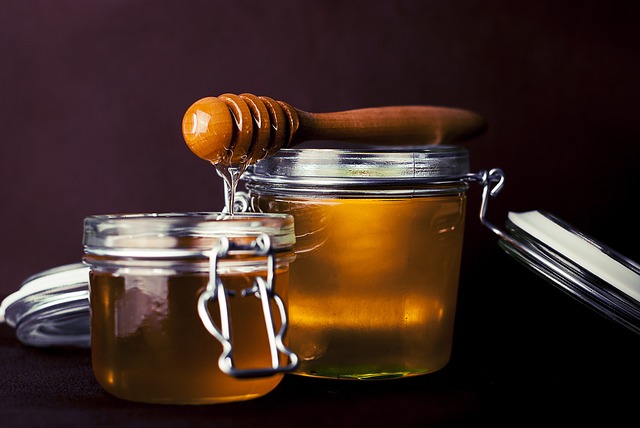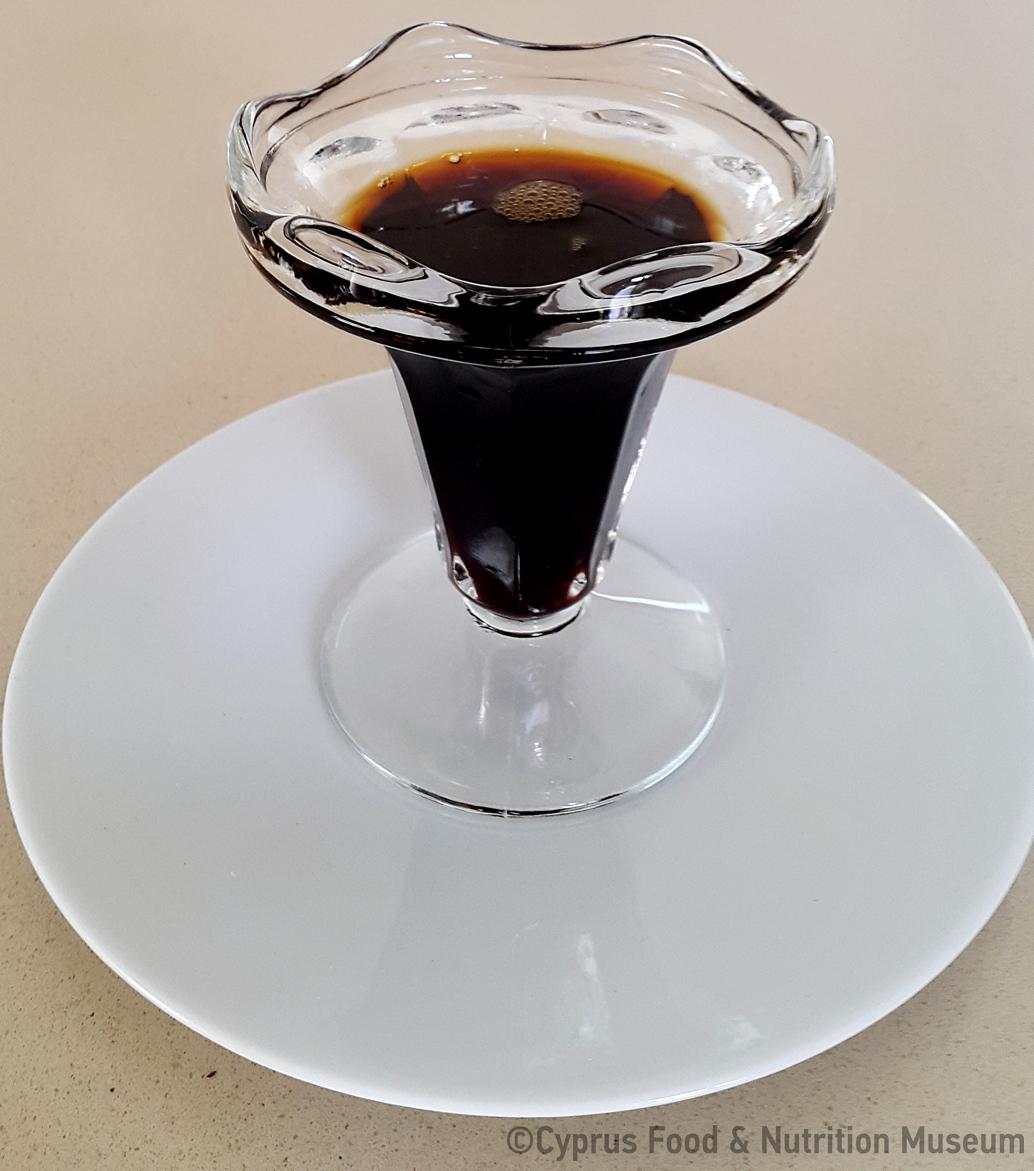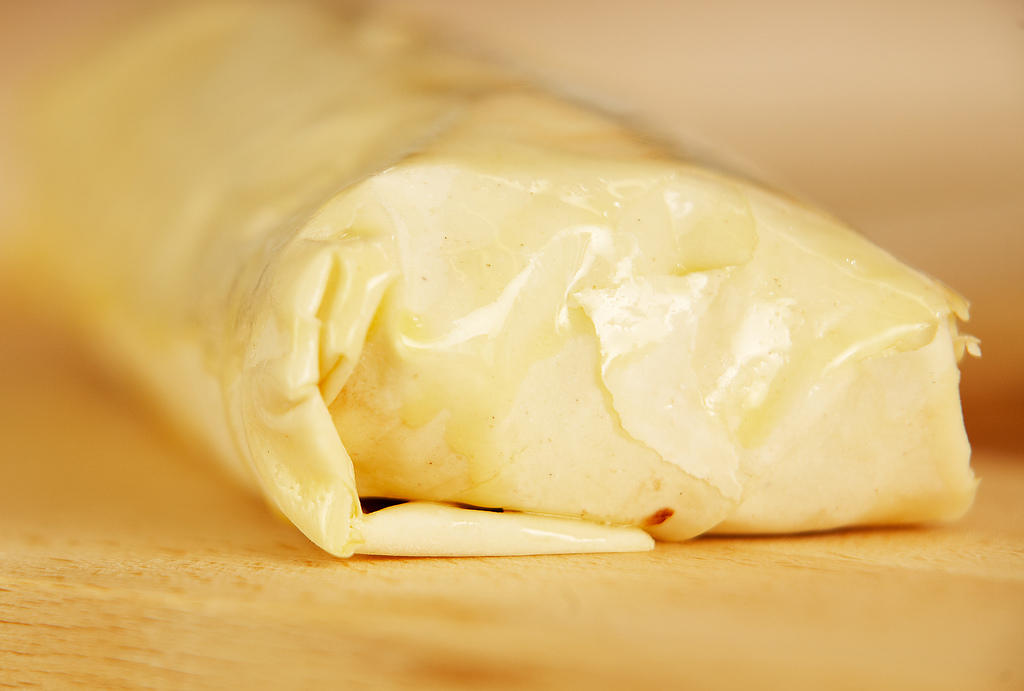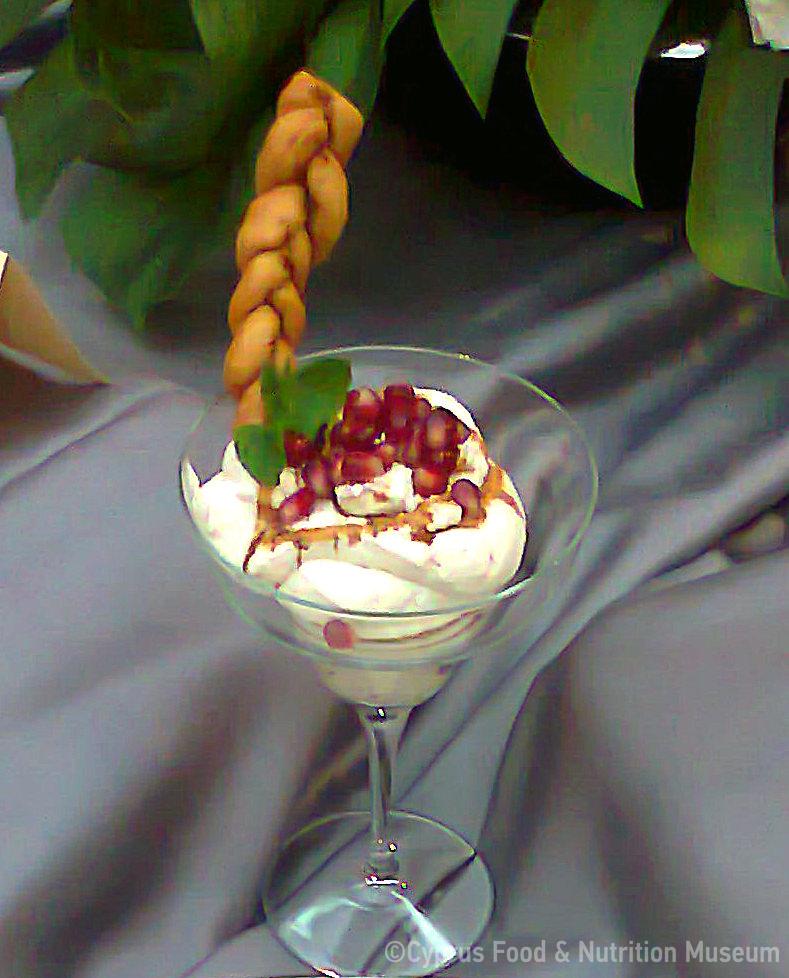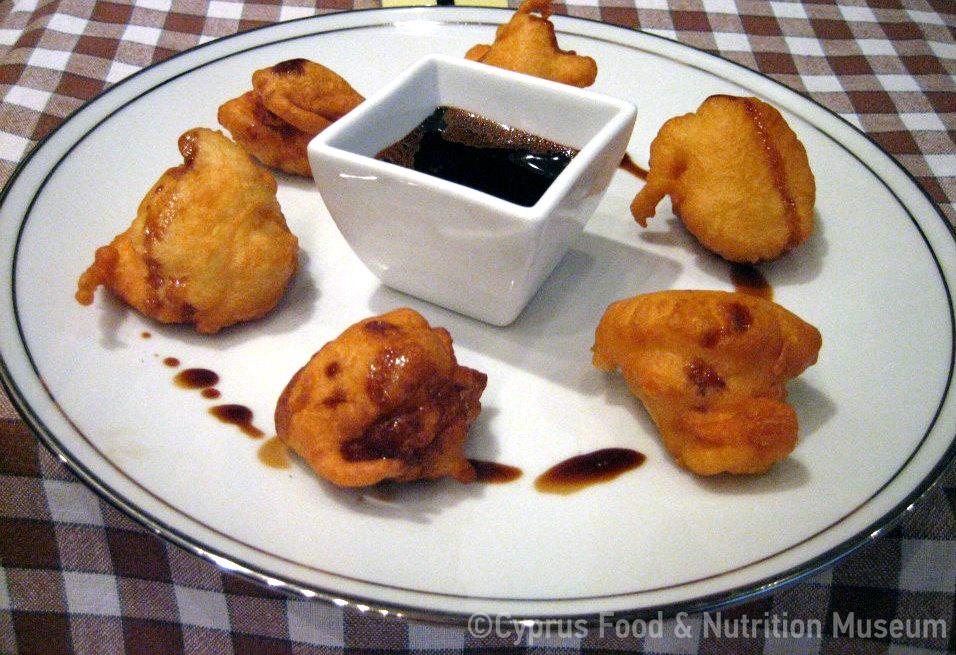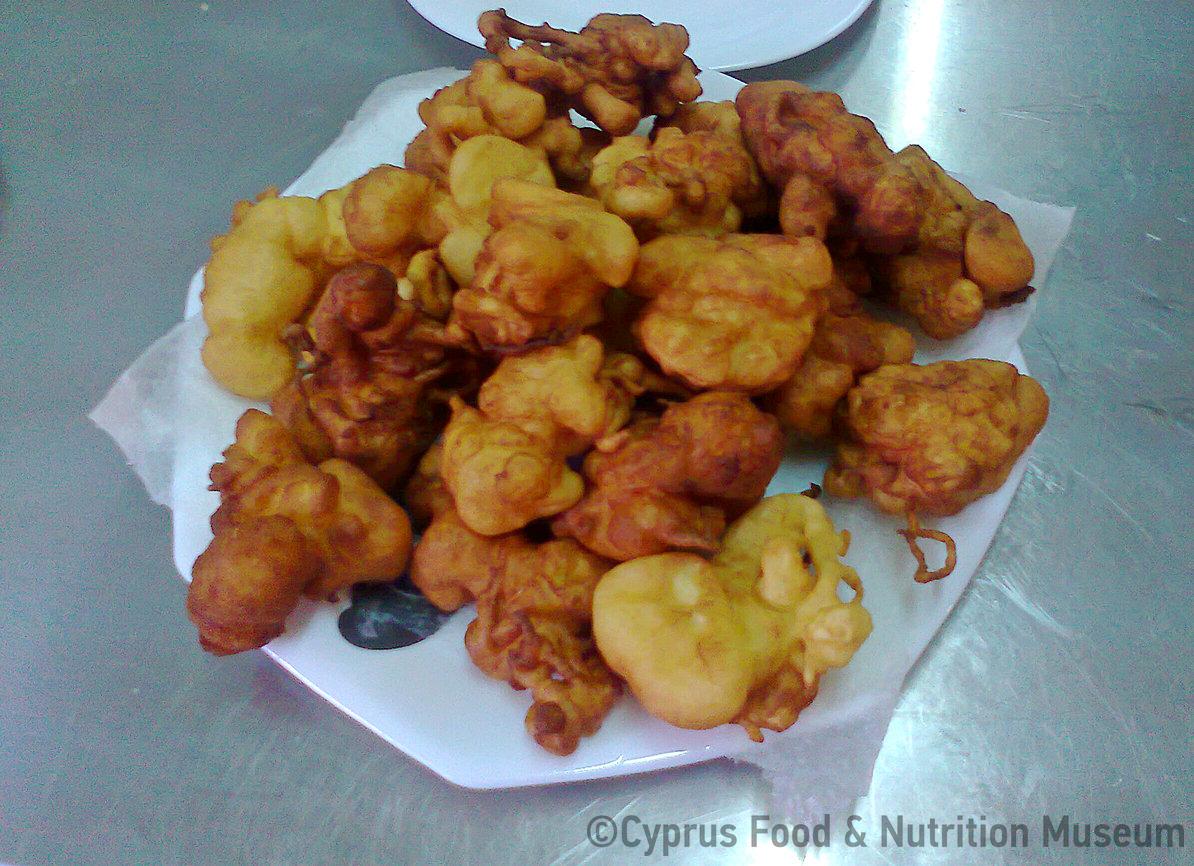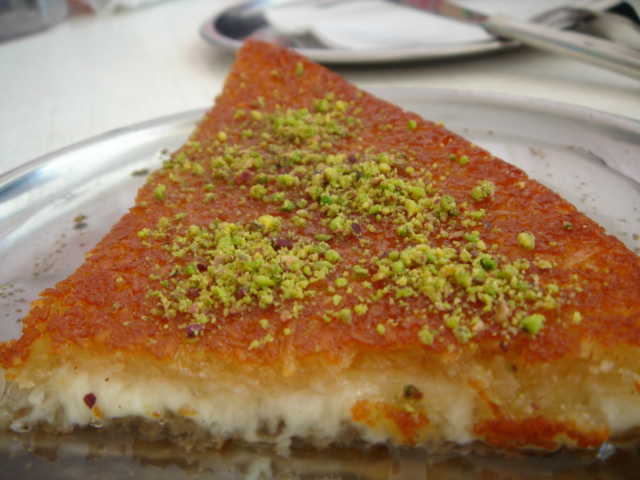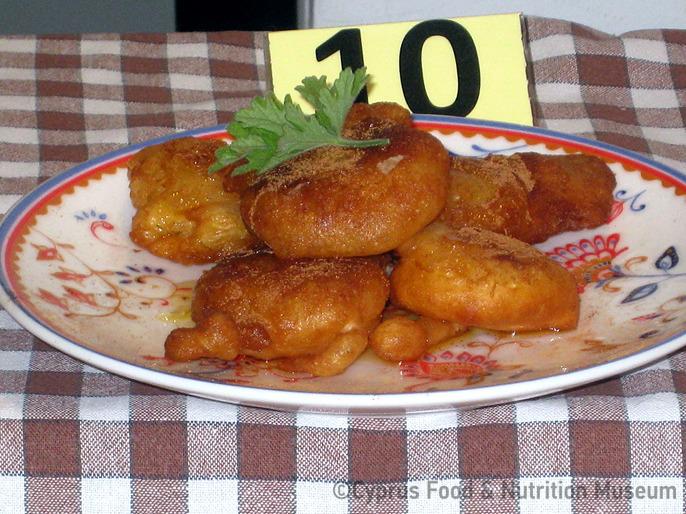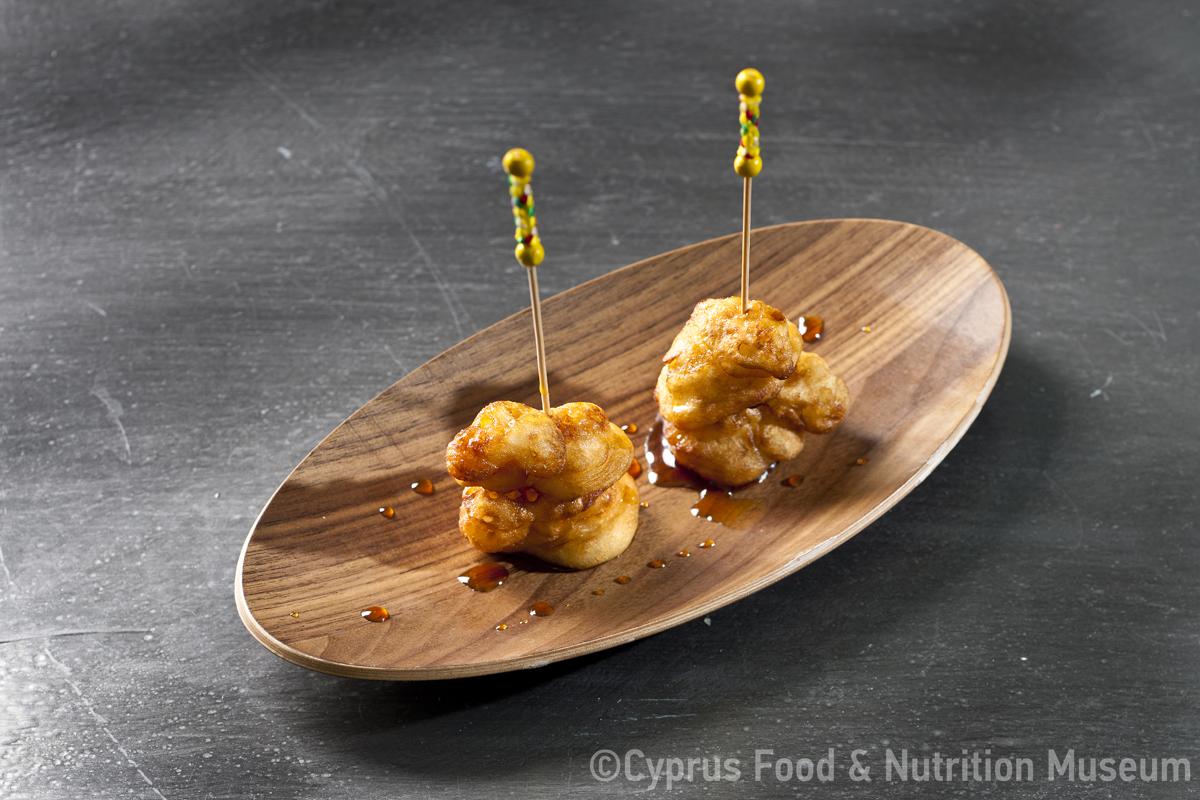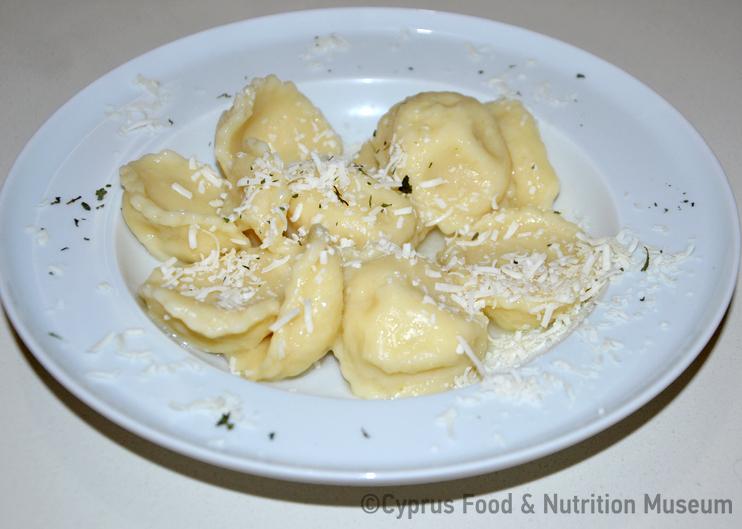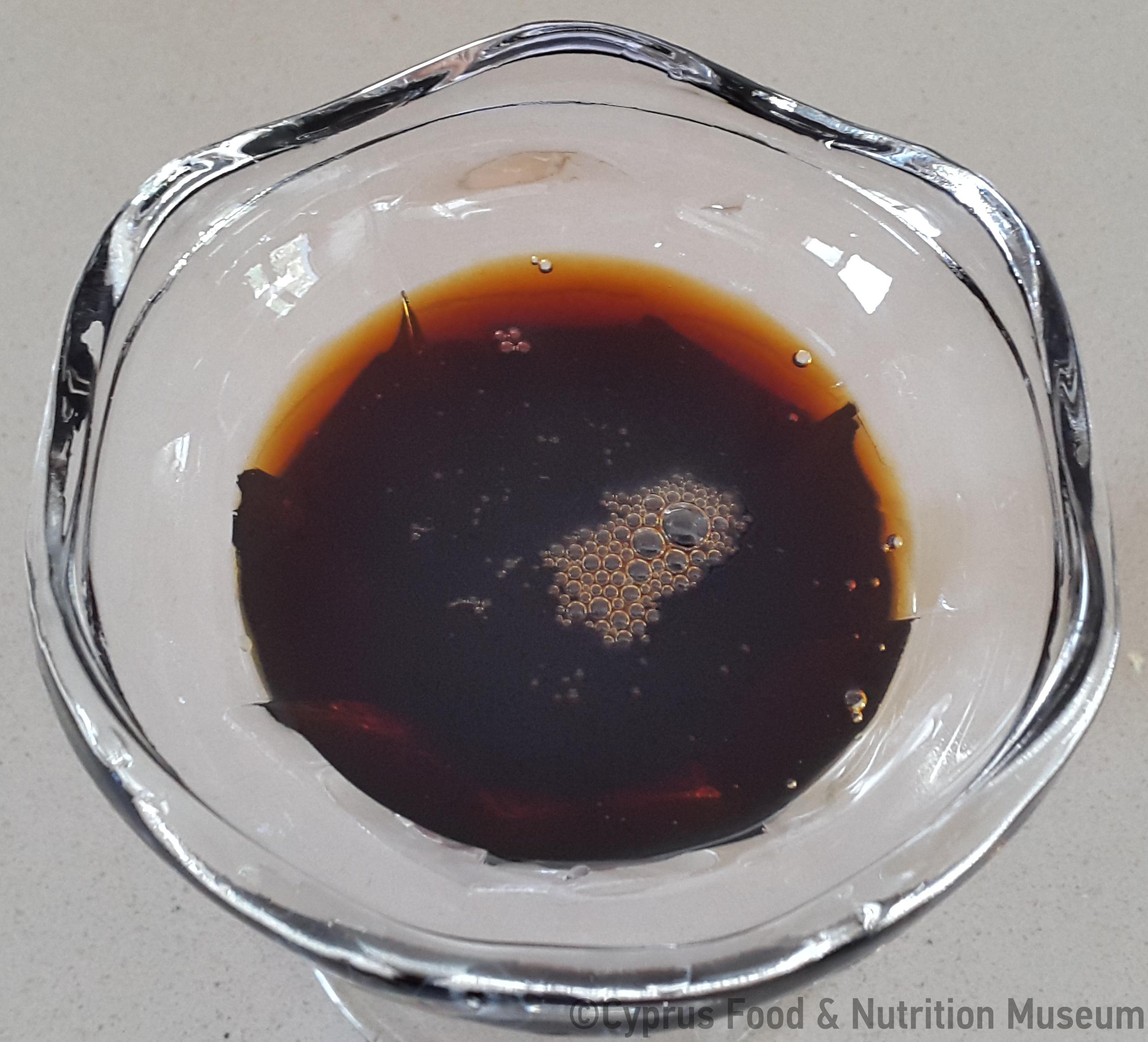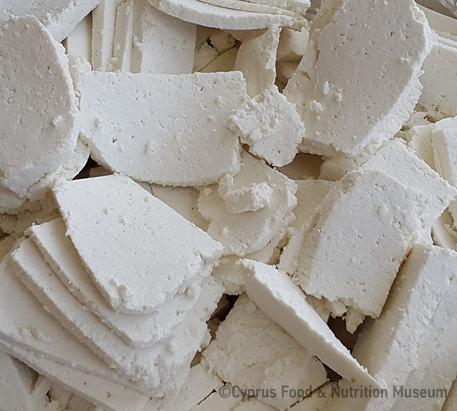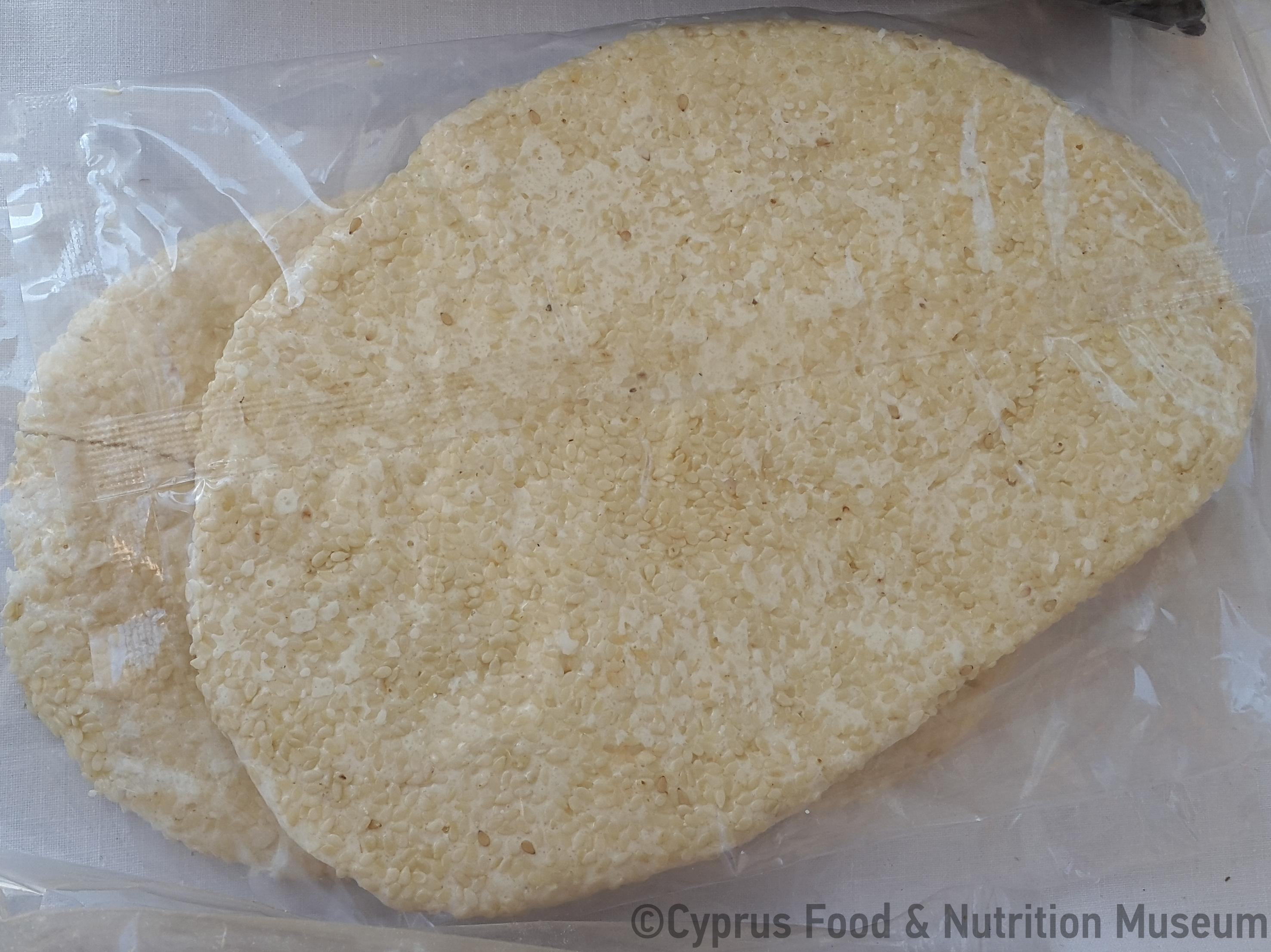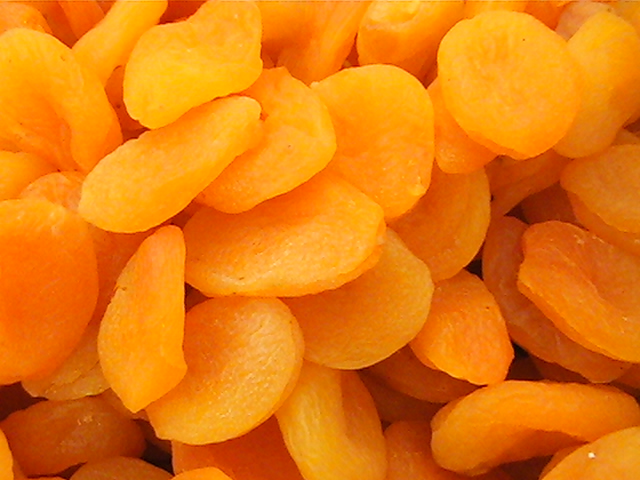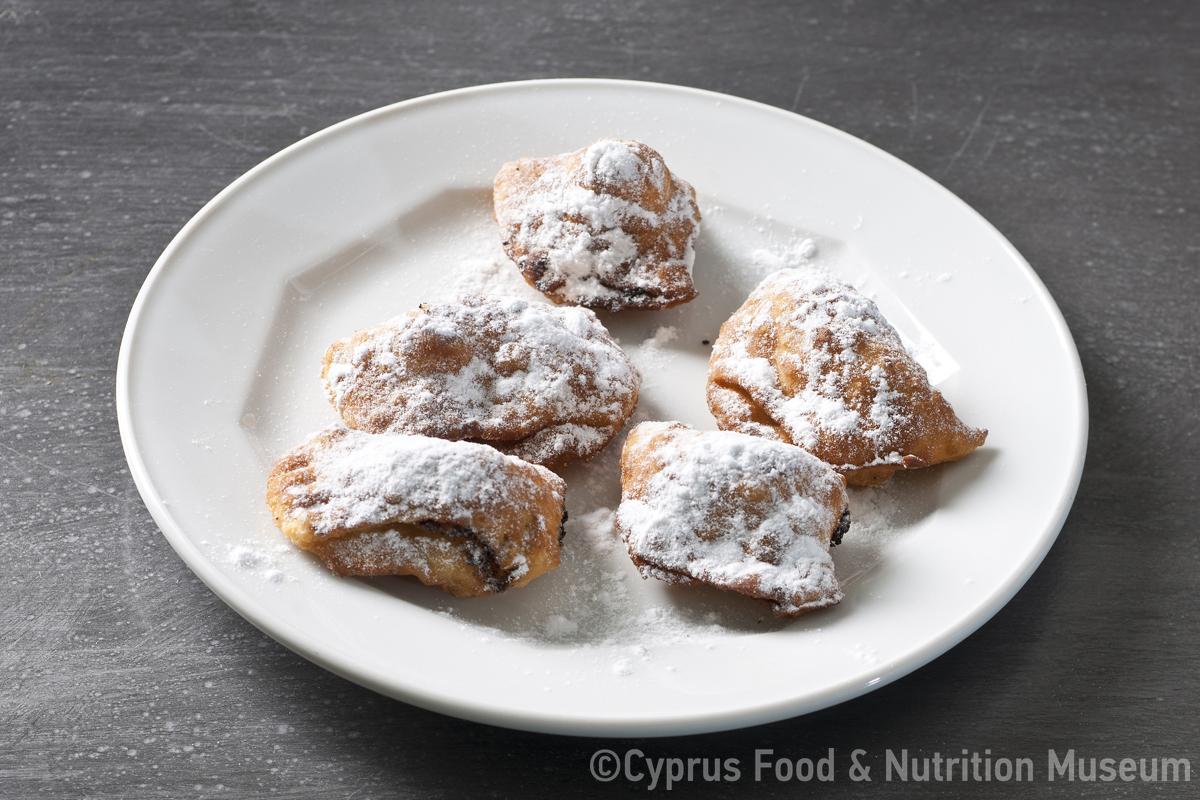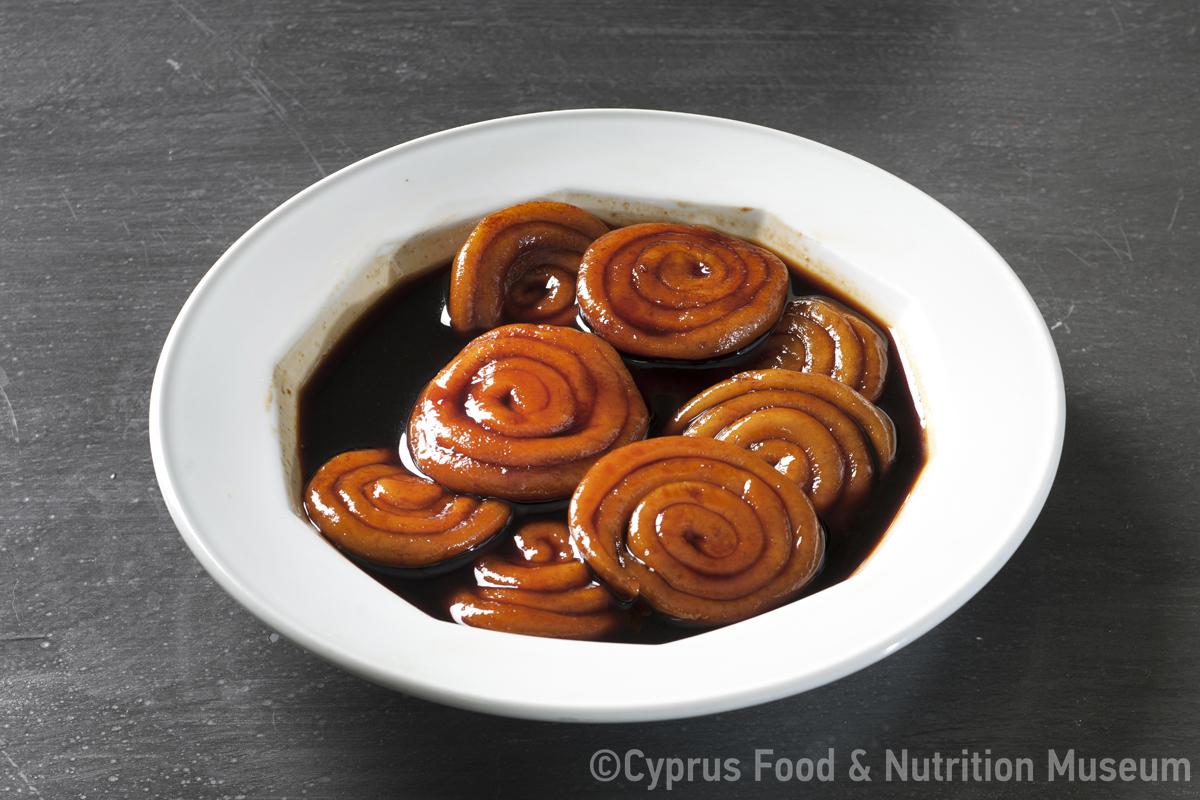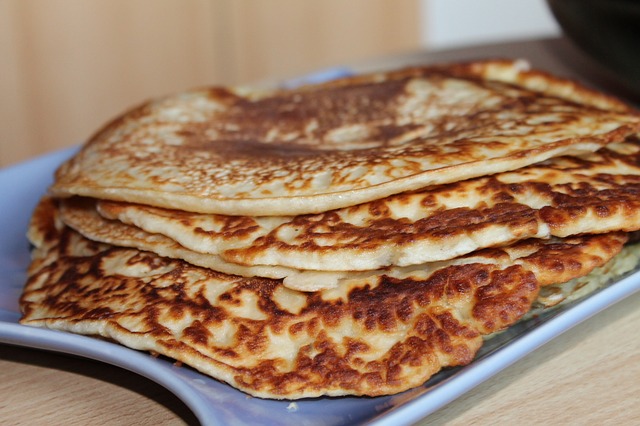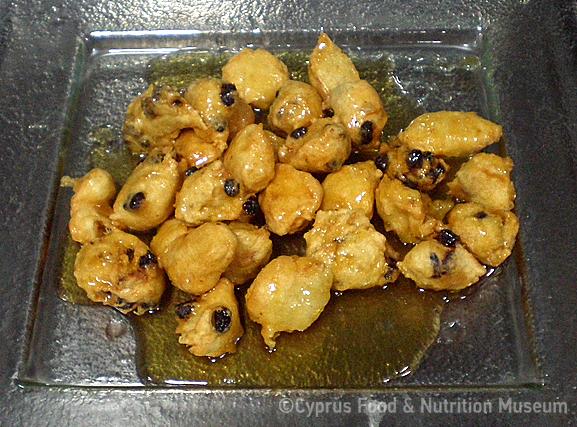Traditionally, lalagouthkia were made without filling and served sprinkled with sugar or drizzled with honey or epsima. In this newer version, anari filling is added to lalagouthkia.
Name - Recipe
Λαλάγγια με μυζήθρα. A type of pancake with Cypriot anari (myzithra) cheese.
The name "lalagouthkia" seems to have derived from the word "lagaros", i.e. loose, and is probably due to the soft dough with which they were made (Samaras 1992, 83-86).
According to a different view, the name lalagouthkia comes from the ancient Greek word lalangia (lalangio = sweet made of flour and oil) (Petrou-Poeitou 2013, 74).
In lowland areas, lalagouthkia were also called 'kotžiakares' (Kyprianou 1974, 295). They were also called 'géri'.
In some villages they poured all the batter into the pan and made large pittes. To distinguish the large pittes from the lalagouthkia they would call them geri (Zodia), gerouthkia (Tsakkistra), kotziakares (Kythrea) or pappous (Skyloura) (Kyprianou 1974, 295-296).
For the dough:
Flour
Cornflower
Baking powder
Ground mastic
Fizzy drink
A small quantity of mashed potato
Some sugar
For the filling:
Anari (myzithra) unsalted
Cinnamon
Rosewater
Sugar
Oil for frying
Epsima (petimezi) or honey for serving
Put all the dough ingredients together in a bowl, and mix them. While the dough is resting, prepare the filling. Put all the ingredients in a bowl and mix until it becomes a homogeneous mixture. Make small balls with the filling and place them in the freezer. Take a teaspoon, dip it in oil and then take the balls one by one and add them to the dough. Cut the lalagouthkia in the same way as the loukoumades, drop them in hot oil and fry them until they are golden brown. Serve with epsima (petimezi) or honey. (Natalia Iosifaki, Cooking Cypriot food 2013-2014)
Frying.
Functional and symbolic role
In Marathasa region, the lalagouthkia, along with ladopittes, xerotiana and others were prepared at the beginning or end of agricultural tasks, such as the gathering of olives, the pruning of vines and the harvest. (Kythraiotou 2013, 44).
Similarly, in the village of Kathikas, the lalangouthkia were made after the end of the harvest ('potherka') (Samaras 1992, 83-86).
Additional information and bibliography
Kythraiotou, F. (2013). Gastronomic guide of Marathasa, Ministry of Education and Culture - Pedagogical Institute, Nicosia.
Kyprianou, H.S. (1974). 'Food of the village of Tsakkistra, Cyprus', Λαογραφία, KΘ΄(XXIX).
Petrou-Poeitou, E. (2013) Where do they come from, Epiphaniou Publications, Nicosia.
Samaras, P.M. (1992) "Traditional foods made of dough", Λαογραφική Cyprus, 22(42), 83-86.
Recording: Natalia Iosifaki (17 years old, student of Kykkos B' Secondary School). See Cyprus Food and Nutrition Museum (2014). Cooking Cypriot food 2013-2014 (ed. Petroulla Hadjittofi), unpublished data.
Petroulla Hadjittofi

